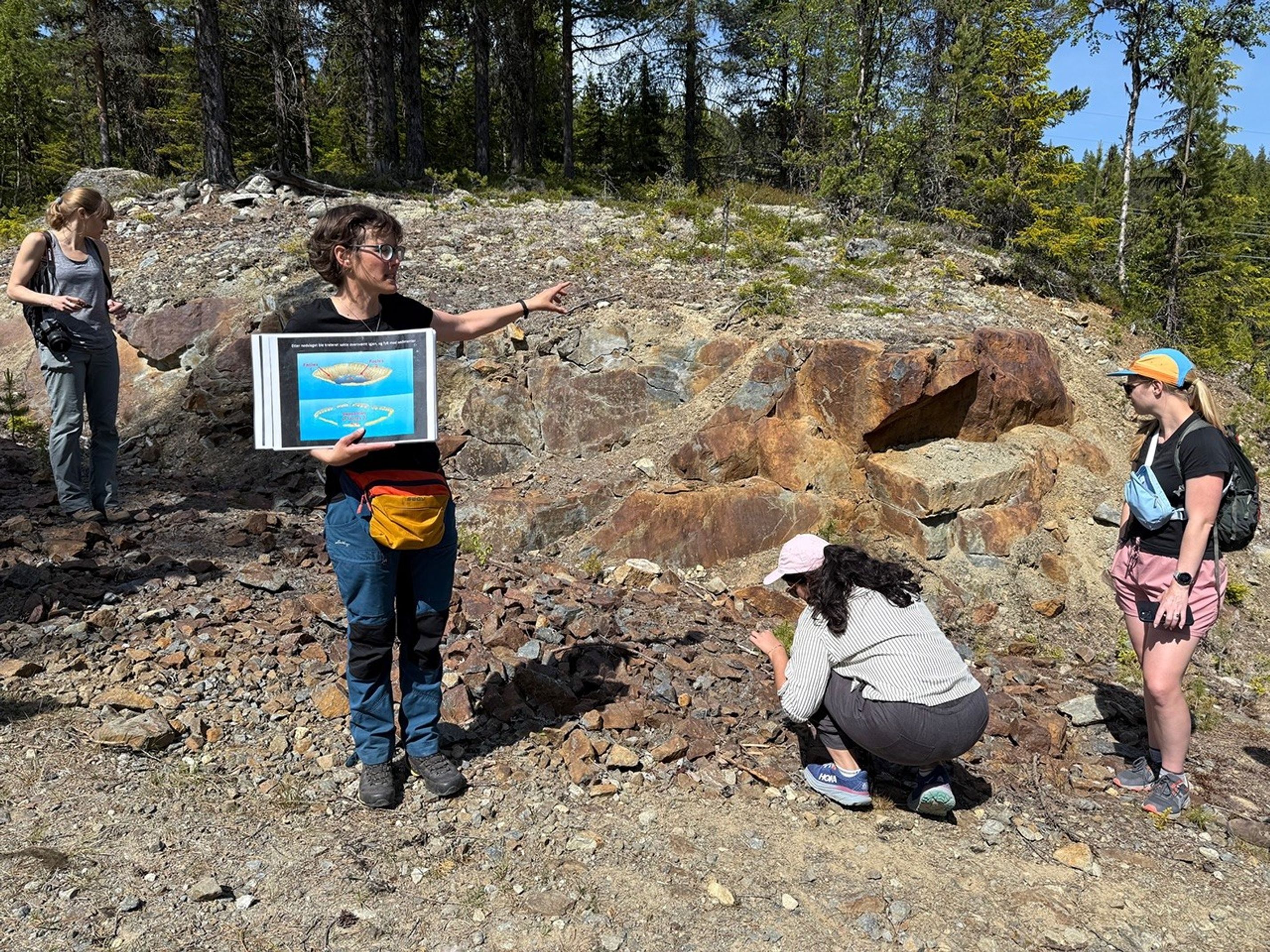There was good news when we came in for planning today – our remote mast recovery and all our other activities completed successfully, including the drive.
There was good news when we came in for planning today – our remote mast recovery and all our other activities completed successfully, including the drive.
Today I took on the role of “Supratactical Uplink Lead,” and in that role I primarily worked to sketch out what our upcoming plans will look like. I was able to plan for new activities now that we successfully drove away from our prior workspace. Curiosity is now parked at a workspace we partially explored previously on sol 3417, which gave us an opportunity to do some more observations.
We started the day by placing the APXS on a smooth bedrock target, “Broo,” to contrast with the rougher target, Knott, that we looked at before. Fortunately, this was a simpler activity for the Rover Planners than some of our other workspaces recently.
While the APXS integrates on Broo, Curiosity will also be doing some imaging and using the laser. With the arm placed down on the target, we needed to point our cameras at other places. “Blue Mull,” which is another target in the workspace similar to Broo, will be examined by Mastcam and ChemCam (LIBS and RMI). We also will look at some targets outside the workspace, including a previous set of rocks called “Burnfoot,” which we previously imaged from another angle, and a rock named “Da Haaf” that we may have broken under our wheels when driving over it. Also, we are extending the past imaging of a the Tighnabruaich rock cluster and mosaic of the nearby crater. Finally, we image Youkil Quarry target, which shows a nice vertical exposure with layers, from a different angle. Lastly, we are doing some imaging to search for dust devils with Mastcam and Navcam.
After the imaging and APXS complete, we pick up with the arm again, taking MAHLI images of the Broo target and then stowing the arm. Our drive today, which the Rover Planners were able to again refine and improve with this additional attempt, continues to wind around this difficult terrain. We are looking forward to when we have finished returning to these prior locations and can move on to new vistas.
The attached image shows some evidence of driving – both some tracks and another rock that was moved (and maybe also broken) when we drove over it.
Written by Ashley Stroupe, Mission Operations Engineer at NASA's Jet Propulsion Laboratory































